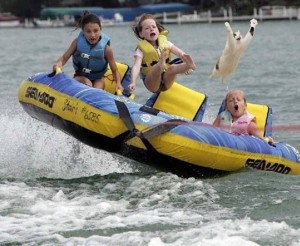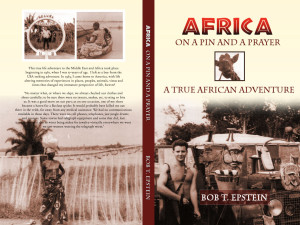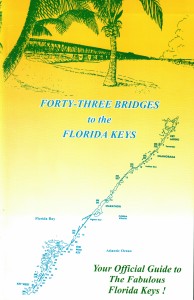APtravelnews-August 10th, Crossville, TN.–As I had the privilege of being the lead Photographer for F.E.M.A. starting with Hurricane Andrew in Florida, Floods of Northern California, the horrific earthquakes called Northridge 26, with bridges and buildings and lives in collapse, I am 8-years educated in what a disaster can do and I do have some tips on how to minimize the destruction for humans and pets if a disaster should occur. I have to go back to my Boy Scout years and remind everyone that the goal and mantra that states: “Be Prepared” is as important now and for the future as it has ever been. The image of that cat and children bouncing uncontrollably is not exactly what my premise for this post is really about, but something as simple as having fun in the sun-that alone can be a disaster if whoever is in charge of the moment doesn’t have good common sense. Back to (F.E.M.A.) Federal Emergency Management Administration:
FEMA comes in after a disaster. However, they have a Mitigation Program which is pro-active as in “OK! You live in a flood prone zone. We have had floods here, so build on stilts so you won’t have to ask for FEMA insurance again for floods.” And; “don’t build so close to XY creek or river, because if you do, after we’ve warned you before, and after, FEMA insurance won’t cover your home or business.” Tip number 1-Pay attention in advance where you build or buy your home-if not, there is a chance you can get washed away without any insurance. Tip 2- Disasters can occur in seconds. So always have a go-to place set up in advance, not after a possible disaster occurs-we lived in the Keys and had a smallish motor home. During summer we left during Hurricane season and went to high and cooler locals. As a writer I didn’t have to work in the Keys all the time, I worked in the motor coach in Montana, until the fires started up, so we left to where there were no forest fires in Wisconsin. Point here is to make plans to be mobile as much as possible for those times you absolutely have to. Tip 3-Make a “run-with” bag. Keep important papers, a quality flashlight with extra batteries, a portable radio, a way to charge your cell phone, various medical supplies and drugs, sun and bug lotions, bandages, several water bottles, dehydrated fast cook foods, a clean t-shirt, socks, good walking shoes, underwear, a real knife, not a puny 1-inch pocket knife, a coil of line, a good jacket and a blanket, (God forbid) a fish line and hooks, a pistol, better still a shotgun with plenty of shells and whatever you’d feel good about fitting into that “run-with” duffle, or other bag. Tip-4–Always, always have an escape plan and share that plan with your significant others about the details of that plan.
NOTE-There are so many possibilities of a disaster that this post is a wake-up call for you to think about what you’d do if you heard a lava flow (as happened in Hawaii and other places on earth) was heading for your home, or a wildfire and you had move fast to save yourself and family!






